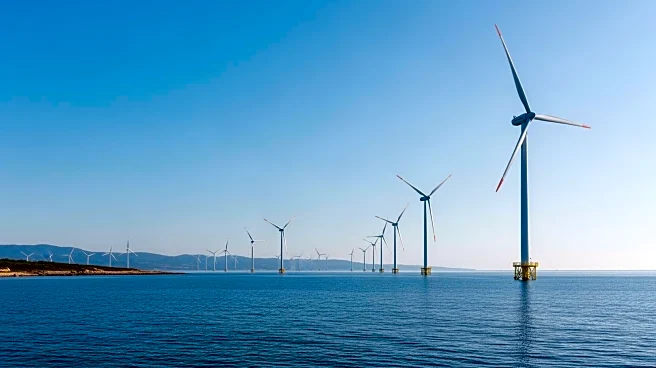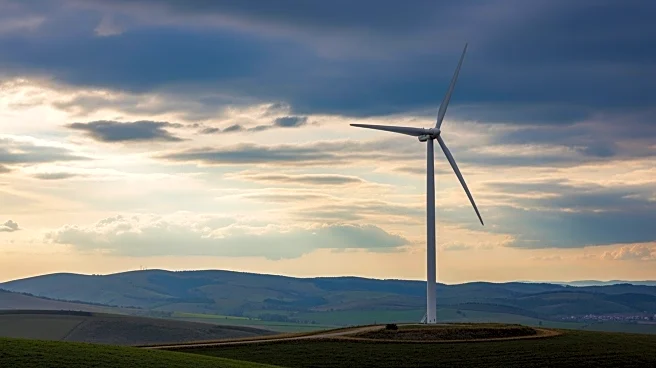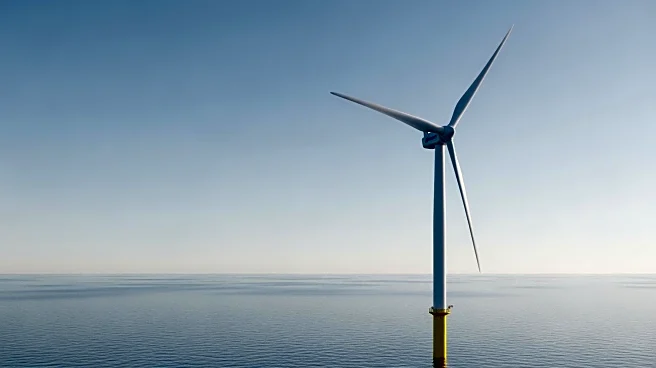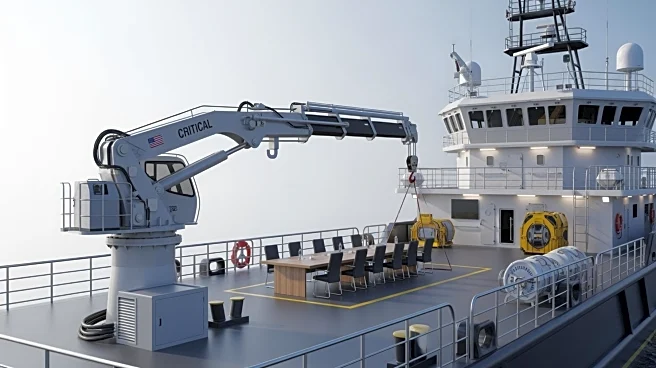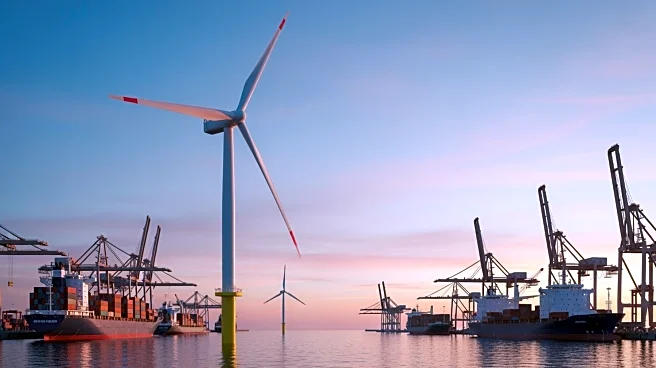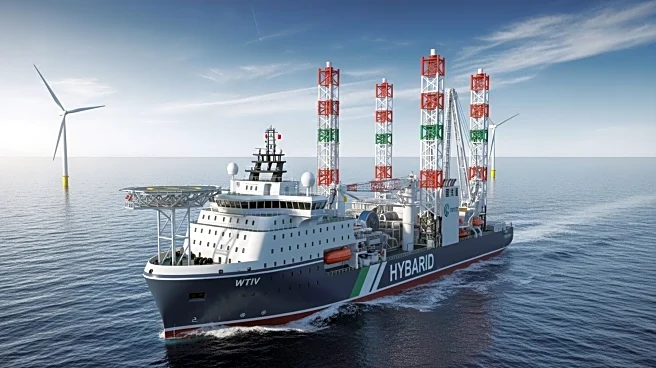What's Happening?
The offshore wind industry is facing challenges in maintaining the durability of its infrastructure due to harsh marine conditions. Unlike oil and gas platforms, offshore wind farms are remote and unmanned,
making regular maintenance difficult. Current protective coating standards, originally developed for the oil and gas sector, are insufficient for the longer service life required by offshore wind turbines, which are expected to last 35 to 40 years. The industry is advocating for updated coating standards that can withstand these conditions and extend maintenance intervals.
Why It's Important?
The need for next-generation coating standards is crucial for the offshore wind industry as it expands globally. With wind turbines expected to outnumber oil platforms significantly, ensuring their longevity is vital for the industry's sustainability and economic viability. Improved coating standards could reduce maintenance costs and operational disruptions, which are currently high due to the remote nature of wind farms. This development could lead to more reliable and cost-effective renewable energy solutions, benefiting both the environment and energy consumers.
What's Next?
Industry stakeholders, including developers and coating suppliers, are working to establish new evaluation protocols that reflect real-world challenges. These protocols aim to incorporate advanced testing and sustainability metrics to predict long-term durability. Collaboration among developers, coating experts, and standards bodies is essential to align on these new standards. As the offshore wind sector grows, these updated standards will be critical in ensuring the infrastructure can meet future expectations and withstand evolving environmental conditions.
Beyond the Headlines
The push for new coating standards highlights the broader need for innovation in renewable energy infrastructure. It underscores the importance of adapting legacy systems to meet modern challenges, particularly in sectors that are rapidly expanding. This initiative could set a precedent for other industries facing similar durability and maintenance challenges, promoting a shift towards more sustainable and resilient infrastructure solutions.



